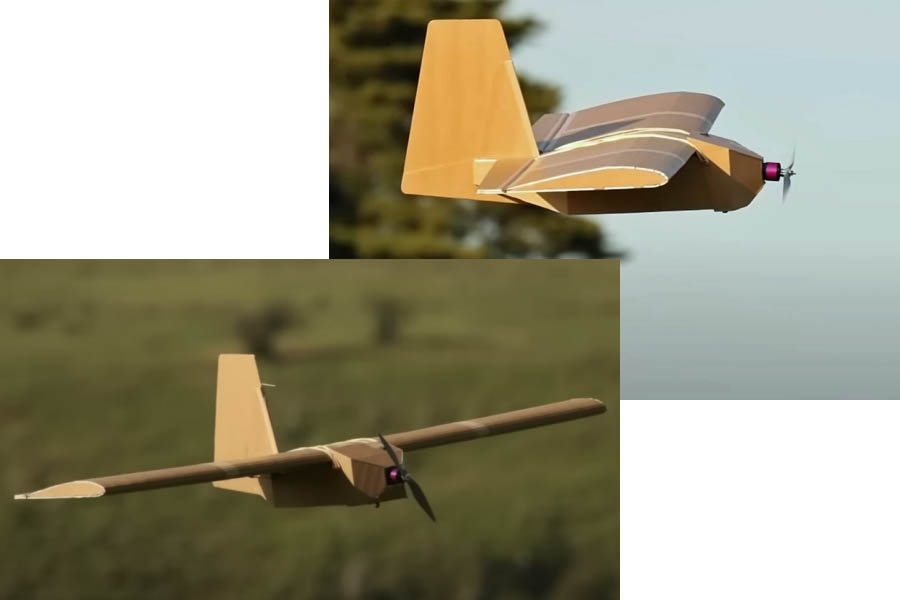
In the Bradley Square area, where Robotyne is situated, Ukrainian forces attempted to push their attack eastward towards the village of Verbove. However, this strategic move exposed a critical vulnerability - the inadequate protection of their flank around Robotyne - leaving them susceptible to Russian artillery strikes. This unfortunate tactical error resulted in substantial losses for the Ukrainians, with an entire brigade affected, though the specific brigade remains unspecified. The attempt to occupy Robotyne has proven costly for Ukraine, as much of the village has been flattened and exposed to continued Russian artillery bombardment. This development raises questions about the success of Ukraine's counteroffensive and the implications for the ongoing conflict.
Ukraine's Eastern Thrust:
The eastward movement of Ukrainian forces holds significant importance as it could potentially split Russia's forces and pave the way for further advances towards Melitopol. However, this strategic objective now appears uncertain, casting doubt on the earlier optimistic reports of a breach in the Russian defensive line.
Ukraine's Drone Attacks:
Amidst these developments, Ukraine continues its drone attacks on Russian territory. A notable incident involved a Ukrainian drone targeting the city of Kurchatov, an industrial hub near the Kursk Nuclear Power Plant. The attack, which hit a residential building, occurred in a region bordering Ukraine, highlighting the proximity of the conflict zone.
The Mystery of Cardboard Drones:
Ukraine's utilization of low-cost cardboard drones, reportedly supplied by Australia, has garnered attention. These drones have been deployed in attacks on Russian targets, raising questions about their origin and flight paths. While Ukraine claims they were launched from inside Russia, the attack's scale involving at least ten drones suggests a more complex situation. The specifics of their deployment and whether they were launched from Estonia remain unresolved issues.
Analyzing the Cardboard Drones:
The cardboard drones used in these attacks are designed for stealth and minimal radar signature. They are believed to be the same type deployed against the Kursk airfield on August 27. These drones, weighing 5.3 lbs (2.4 kg) empty, can carry up to 6.6 lbs (3 kg) of payload. Their range is approximately 75 miles, making the proximity of the launch point crucial for effective deployment.
Challenges and Implications:
Ukraine's extensive use of its strategic reserve units and their replacement with less capable territorial units from Lviv and the Moldova border region raises concerns. These units have been deployed to the Kupyansk area, where Russia may launch a major offensive. With reserves depleted and significant battlefield losses, Ukraine's ability to sustain offensive operations remains in question.
The Role of Innovation:
The use of low-cost cardboard drones highlights the impact of innovative design choices in modern warfare. Australia's supply of these drones to Ukraine demonstrates the potential for emerging technologies to shape conflicts and generate competitive counter-technologies. Drone technology, initially developed for military purposes, has expanded into civilian applications and continues to drive technological advancements with profound implications for international relations and defense.
Sypaq's Corvo Precision Payload Delivery System (PPDS):
The Australian firm Sypaq's Corvo PPDS, utilized in these attacks, showcases the fusion of innovative design principles. These drones offer high-resolution imagery for reconnaissance, critical for modern armed forces' command and control. The use of cardboard, with its weather resistance and lightweight properties, contributes to extended flight ranges and operational efficiency.
Small drones, like the Corvo, offer numerous advantages, including lower production costs, adaptability for various payloads, and rapid deployment. These innovations can change the dynamics of warfare, with the potential for swarming tactics and AI-driven capabilities. Moreover, their stealth properties and low radar signature make them challenging to detect. The deployment of low-cost cardboard drones by Ukraine, supplied by Australia, highlights the significant role of innovative design choices in shaping modern warfare. These drones have demonstrated their effectiveness in reconnaissance and targeted attacks. As technology continues to advance, small drones with their low production costs and adaptability are likely to play an increasingly crucial role in future conflicts, posing challenges and opportunities for defense strategies worldwide.